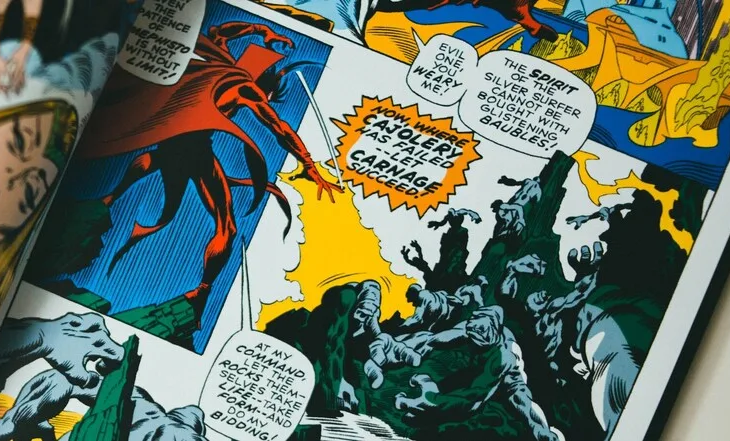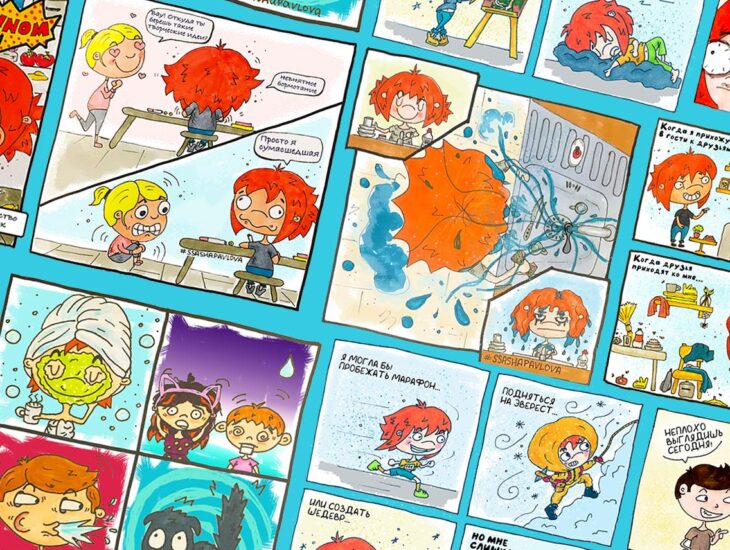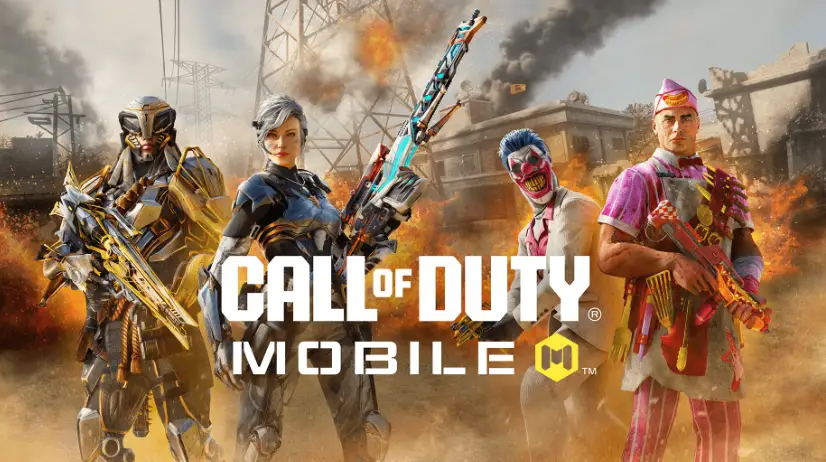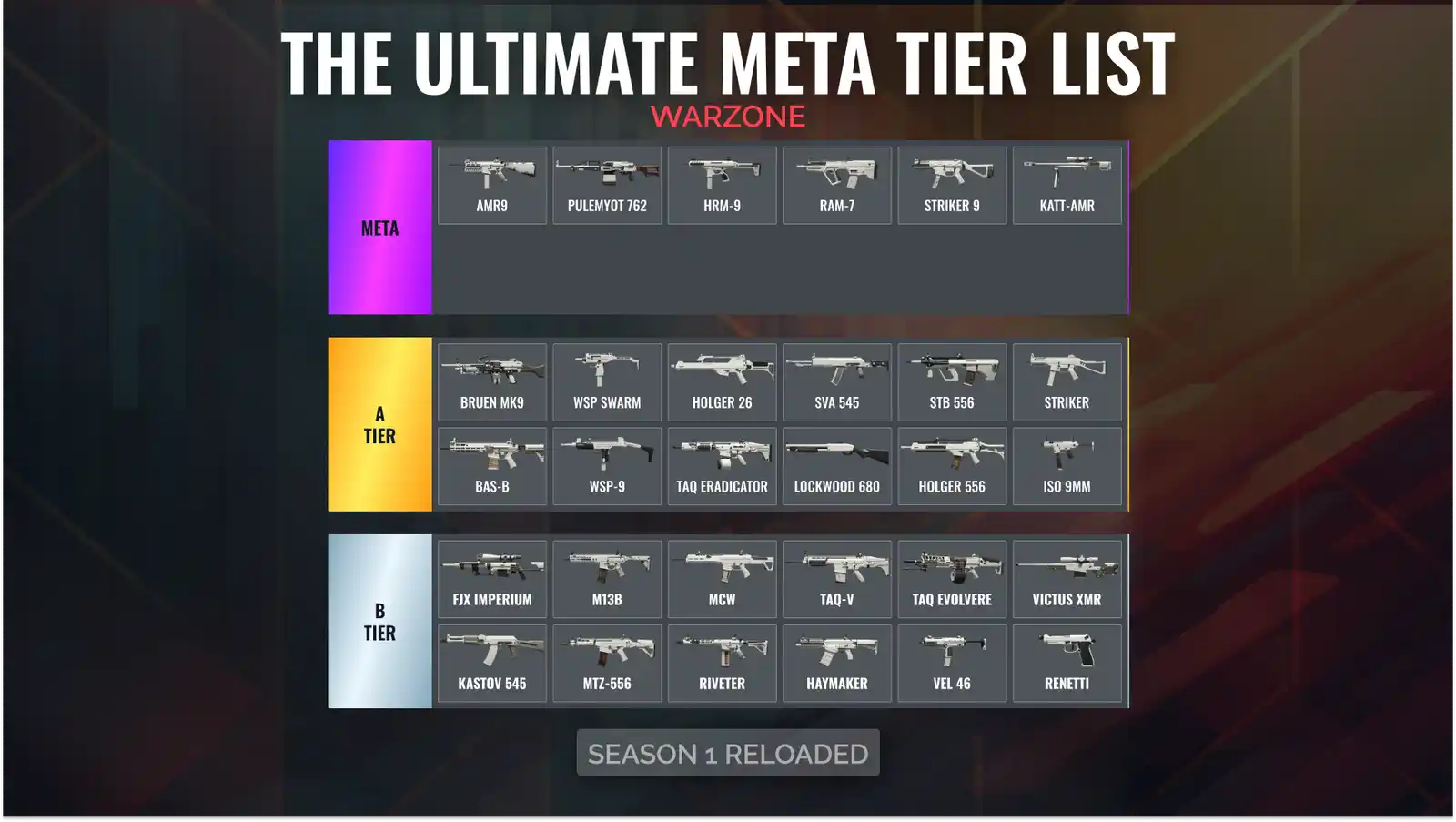Ever feel like your comic panels are missing that spark? Do your characters sometimes look a little… lifeless? Don’t worry, we’ve all been there.
Creating compelling comics is a journey, a blend of art and narrative. This guide is packed with comic tips for better drawing and storytelling, designed to help you elevate your craft and captivate your audience. Get ready to unlock your inner comic book artist!
Understanding the Fundamentals
Before diving into advanced techniques, let’s solidify the basics. These are the cornerstones upon which great comics are built.
Mastering Anatomy and Perspective
Strong anatomy gives your characters believability. Even in stylized comics, a good understanding of human (or alien!) form is crucial.
Practice figure drawing regularly. Use references, study muscles, and don’t be afraid to simplify.
Perspective is what gives your panels depth. Learn one-point, two-point, and three-point perspective.
Experiment with different viewpoints to create dynamic scenes. This adds visual interest and makes your comic more engaging.
The Power of Composition
Composition is how you arrange elements within a panel. It guides the reader’s eye and sets the tone.
Use the rule of thirds. Divide your panel into nine equal parts and place key elements along the lines or intersections.
Consider leading lines. These lines draw the viewer’s eye towards the focal point.
Pay attention to negative space. Empty space can be just as important as the filled space. It creates balance and prevents your panel from feeling cluttered.
Drawing Techniques to Enhance Your Art

Ready to take your drawing skills to the next level? These techniques will help you add polish and professionalism to your comics.
Dynamic Posing and Action Lines
Static poses are boring. Dynamic poses convey energy and movement.
Use action lines to emphasize motion. These lines follow the direction of movement and add a sense of speed.
Exaggerate poses to create a more dramatic effect. Don’t be afraid to push the boundaries of realism.
Expressive Character Design
Your character designs should reflect their personalities. Think about their posture, facial features, and clothing.
Use visual cues to communicate character traits. A sharp jawline might suggest determination, while rounded features might indicate friendliness.
Experiment with different styles. Find a style that suits your story and your artistic abilities.
Effective Use of Shading and Lighting
Shading and lighting create depth and atmosphere. They can also be used to highlight important elements.
Learn different shading techniques, such as hatching, cross-hatching, and stippling. Practice each one.
Use light to create mood. Bright light can convey happiness, while shadows can create suspense.
Storytelling Techniques for Captivating Comics
Drawing is only half the battle. A great comic also needs a compelling story. These comic tips will help you craft narratives that resonate with your readers.
Developing Compelling Characters
Characters are the heart of any story. They need to be relatable, even if they’re flawed.
Give your characters clear motivations. What do they want? What are they afraid of?
Create backstories that inform their present actions. A well-developed backstory adds depth and complexity.
Writing Engaging Dialogue
Dialogue should sound natural and reveal character. Avoid exposition dumps.
Use subtext to add layers of meaning. What is said is often less important than what is not said.
Read your dialogue aloud to make sure it sounds realistic. This helps catch awkward phrasing and unnatural rhythms.
Pacing and Panel Layout
Pacing is the rhythm of your story. Panel layout controls how the reader experiences that rhythm.
Use larger panels for important moments. Smaller panels can be used to speed up the pace.
Vary the size and shape of your panels to create visual interest. Avoid monotony.
Consider the flow of your panels. Guide the reader’s eye from one panel to the next.
The Importance of Show, Don’t Tell
Instead of telling the reader what’s happening, show them through visuals and actions.
Use body language to convey emotions. A slumped posture can indicate sadness, while a clenched fist can indicate anger.
Let the art do the talking. A well-drawn panel can convey more than words ever could.
Tools and Resources for Comic Creators
Having the right tools and resources can make a huge difference. Here are some recommendations:
Digital vs. Traditional Art
Both digital and traditional art have their advantages. Choose the medium that best suits your style and budget.
Digital art offers flexibility and ease of correction. Traditional art has a unique tactile quality.
Experiment with both to see what you prefer.
Software and Hardware Recommendations
For digital art, consider software like Clip Studio Paint, Adobe Photoshop, or Procreate.
Invest in a good drawing tablet. Wacom and Huion are popular brands.
Online Communities and Learning Resources
Join online communities to connect with other comic creators. Share your work, get feedback, and learn from others.
Explore online tutorials and courses. There are many excellent resources available for free or at a low cost.
Avoiding Common Pitfalls
Even experienced comic creators make mistakes. Here are some common pitfalls to avoid:
Inconsistent Art Style
Maintain a consistent art style throughout your comic. This creates a sense of professionalism and cohesiveness.
Avoid drastic changes in character design or background detail.
Poor Lettering and Typography
Lettering is just as important as the art. Choose a font that is easy to read and complements your art style.
Pay attention to kerning and leading. These adjustments improve readability.
Rushed Storytelling
Don’t rush your story. Give your characters time to develop and your plot time to unfold.
Avoid plot holes and inconsistencies.
Ignoring Feedback
Be open to feedback. Constructive criticism can help you improve your work.
Don’t take criticism personally. Use it as an opportunity to learn and grow.
Conclusion
Creating comics is a challenging but rewarding endeavor. By mastering the fundamentals, honing your drawing techniques, and crafting compelling stories, you can create comics that captivate and inspire. Remember to practice regularly, seek feedback, and never stop learning. These comic tips for better drawing and storytelling are a starting point. Now go create something amazing!
What are some of your favorite comic creation tools? Share your experiences in the comments below!
FAQ
Q: What’s the best way to improve my anatomy skills?
A: Consistent practice is key. Use reference photos, study anatomy books, and focus on understanding the underlying structure of the human body. Don’t be afraid to simplify at first, and gradually add more detail as you improve.
Q: How can I make my comic panels more dynamic?
A: Experiment with different camera angles, use action lines to convey movement, and exaggerate poses to create a sense of energy. Also, consider the flow of your panels and how they guide the reader’s eye.
Q: What are some good resources for learning about comic book storytelling?
A: There are many excellent books and online resources available. “Understanding Comics” by Scott McCloud is a classic. Look for online tutorials and courses that cover topics like character development, dialogue writing, and panel layout. Joining online communities can also provide valuable feedback and support.










